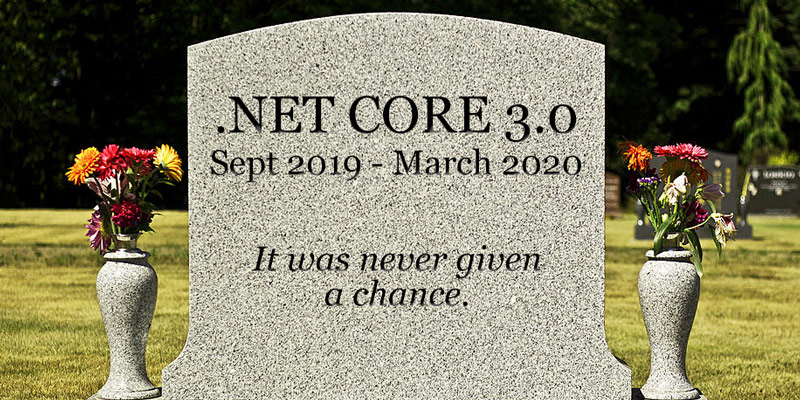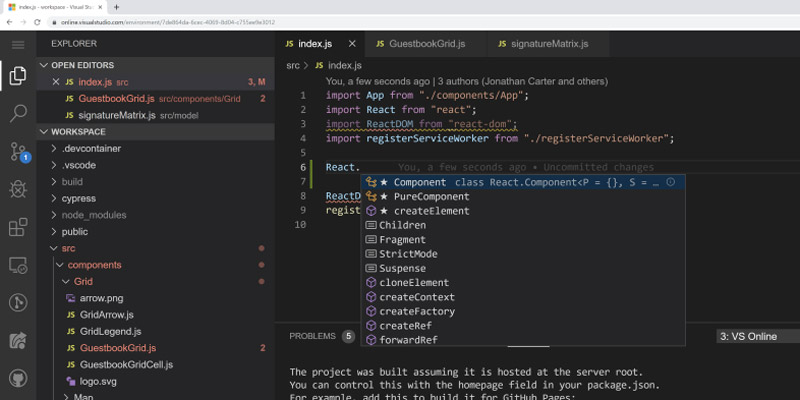Category: Software Engineering

Microsoft Build 2020 Recap
Despite the virtual nature of this year’s Microsoft Build developer conference, there were a lot of great updates and news to be shared. There’s no way I could cover everything in one post, so here are some of my favorite parts. Blazor There are few things in software I am hungrier for information about than…
Read more…

Anti-Design: An Activity
When we ask someone to design something, we usually focus on the good. If you ask someone to build a notification service, it is expected to be a good one. But what about asking people to design a bad one? Asking participants to develop a poor design is what we do in our Software Design…
Read more…

Xamarin Forms Revisited
I like going back to take a fresh look at tools and technologies every once in a while. It is always interesting to see what has changed and what has stayed the same – especially mobile platforms because it feels like an area where there is a lot of room for improvement. I am very…
Read more…

Quick Look – Azure App Configuration
Application configuration has always been a pain. It was a pain back in the WinForm days. It was a pain in the ASPX days. It is a pain in the cloud days. Why is app configuration a pain? Quite frankly, it is because of the lack of a reliable and coherent solution. With no real…
Read more…

The Importance of Architecture Reviews
Knowing that you are staying on task isn’t an easy task 🙂 As we build solutions, it is easy to lose conceptual integrity along the way. There are few things more important to the success of a project than having a development team all on the same page. Fred Brooks (from Mythical Man-Month) put a…
Read more…

Top Ten Things Good Developers Love
10. Good requirements Developers like to know what they are building and why. Good requirements are critical to this and are essential for getting developers started right. Also, good requirements are essential for reducing rework. 9. Not being micromanaged Good developers don’t want someone watching each keystroke. They want feedback and guidance, but they…
Read more…

Top Ten Things Developers Hate
Developers are creators at heart. They like to create. A big part of the appeal of software development is the quick outputs from your work. You write code one day, and the next day it can be in a customer’s hands. How many other jobs have that quick of turnaround on effort? But many things…
Read more…

The Case for Strict and Opinionated Style Guides or: The “Because I Said So” Approach
Developers come and go throughout the life of a project, and they all tend to have their own personal coding nuances. With no style guide, no standardization, no rules, no linter, no style cop, etc., the codebase’s style – or lack-there-of – will inevitably become quite messy. Indeed, “messy” is in the eye of the…
Read more…

Wither .NET Core 3.0: A Rant
Begin mini-rant… I am a huge fan of .NET. I have worked in .NET all the back in the v1.1 days. I enjoyed it then, and I enjoy it now. But I have a bone to pick with the .NET Core team. .NET Core is evolving faster than .NET Framework ever did. This fast-paced evolution…
Read more…

Visual Studio Online: A Preview
I have often said that Visual Studio is Microsoft’s best product. But recently, they created Visual Studio Code, which ironically is giving “regular” Visual Studio a run for its money. While I still think VS is better in most ways, VS Code does have some advantages, particularly when it comes to JavaScript development. But now…
Read more…